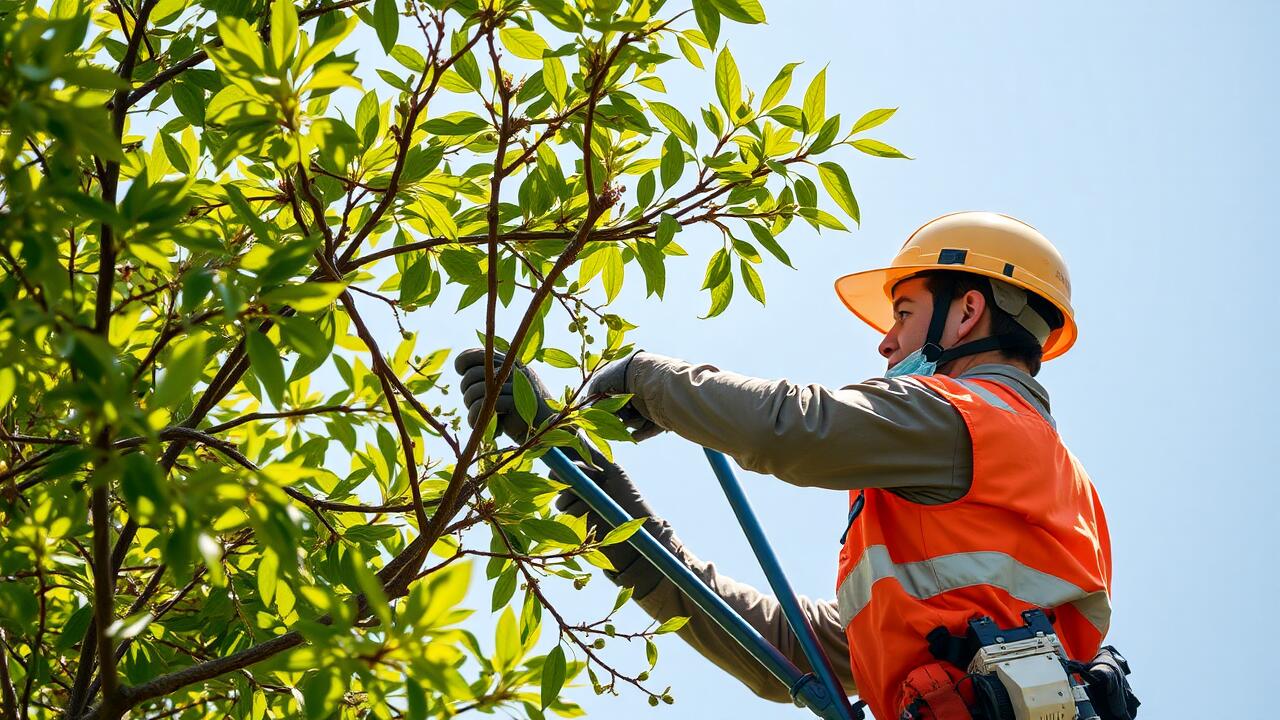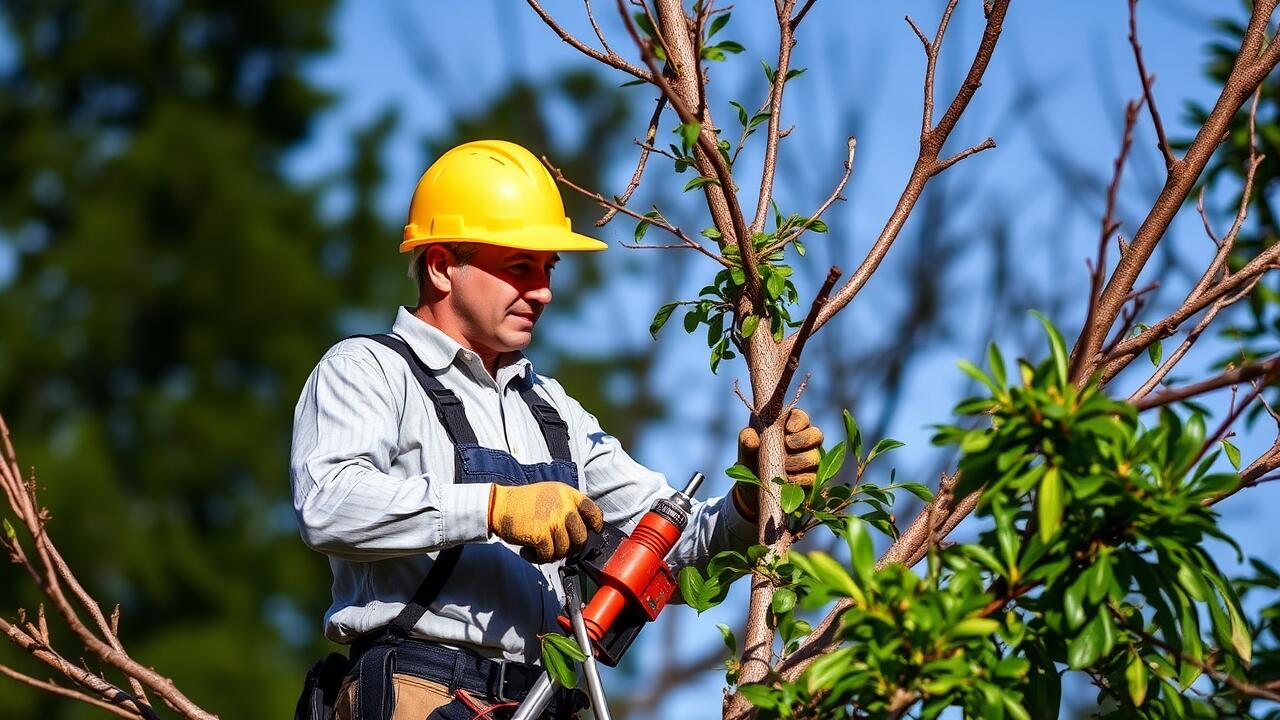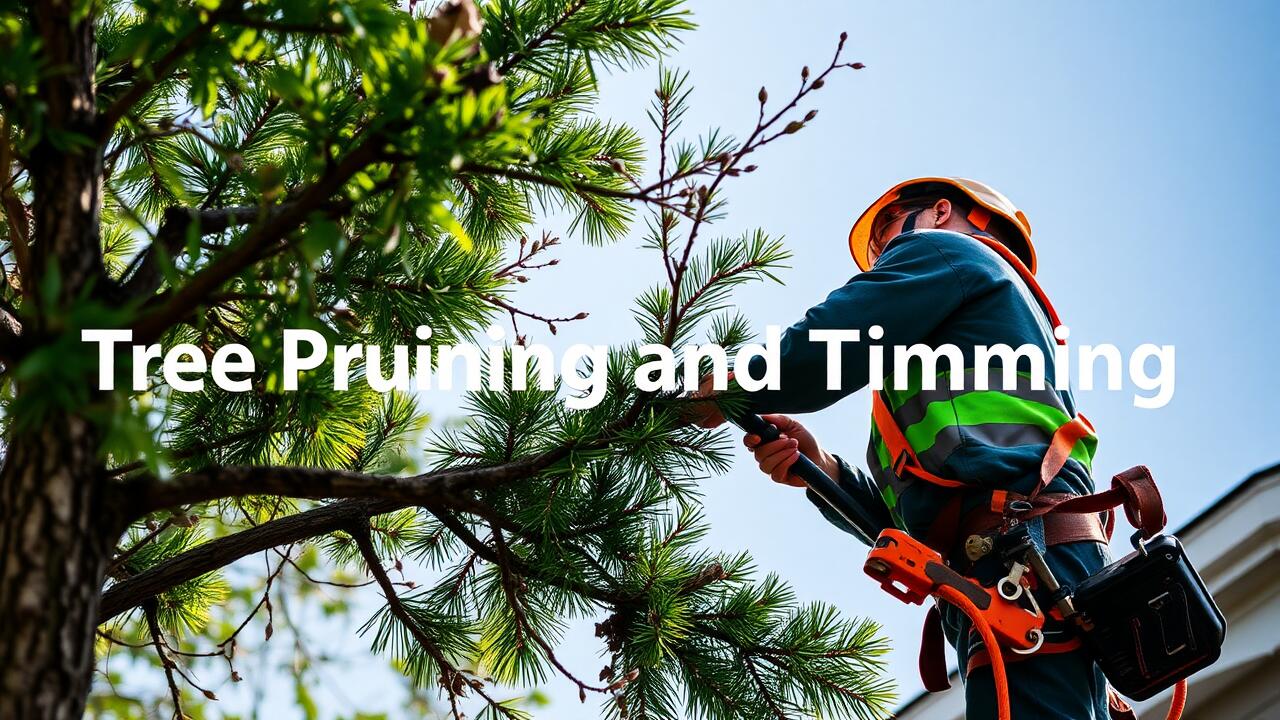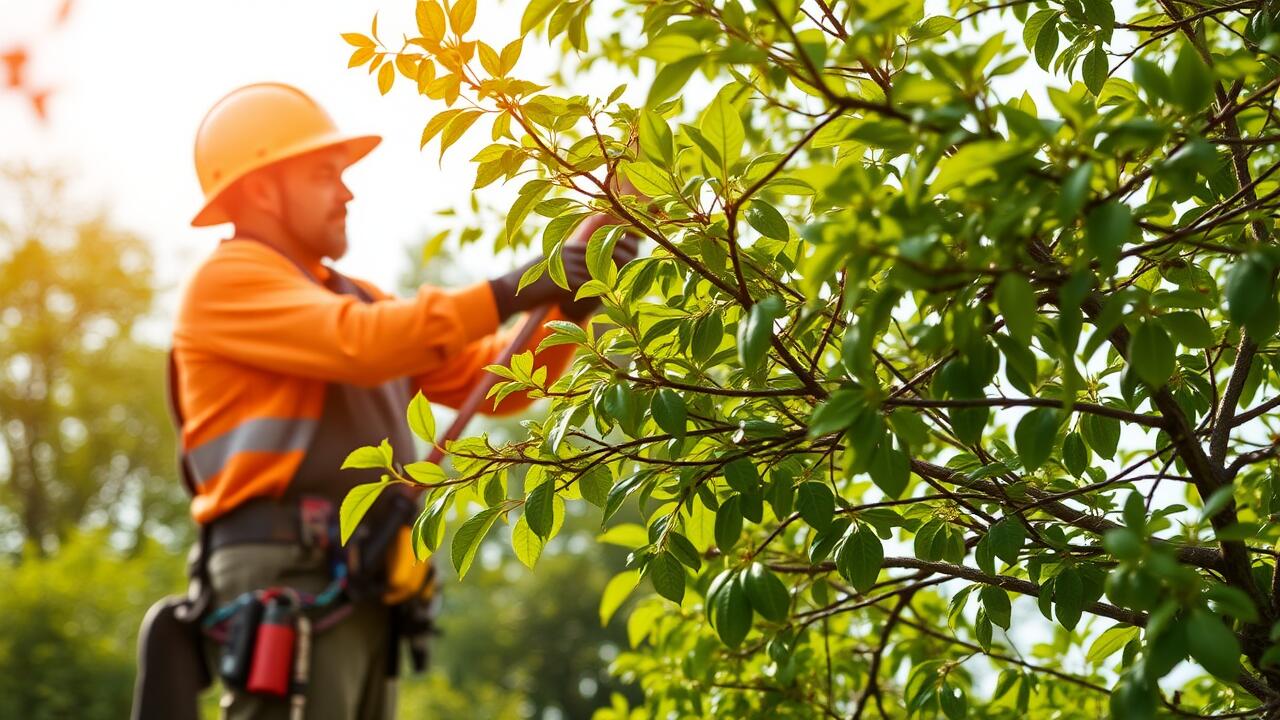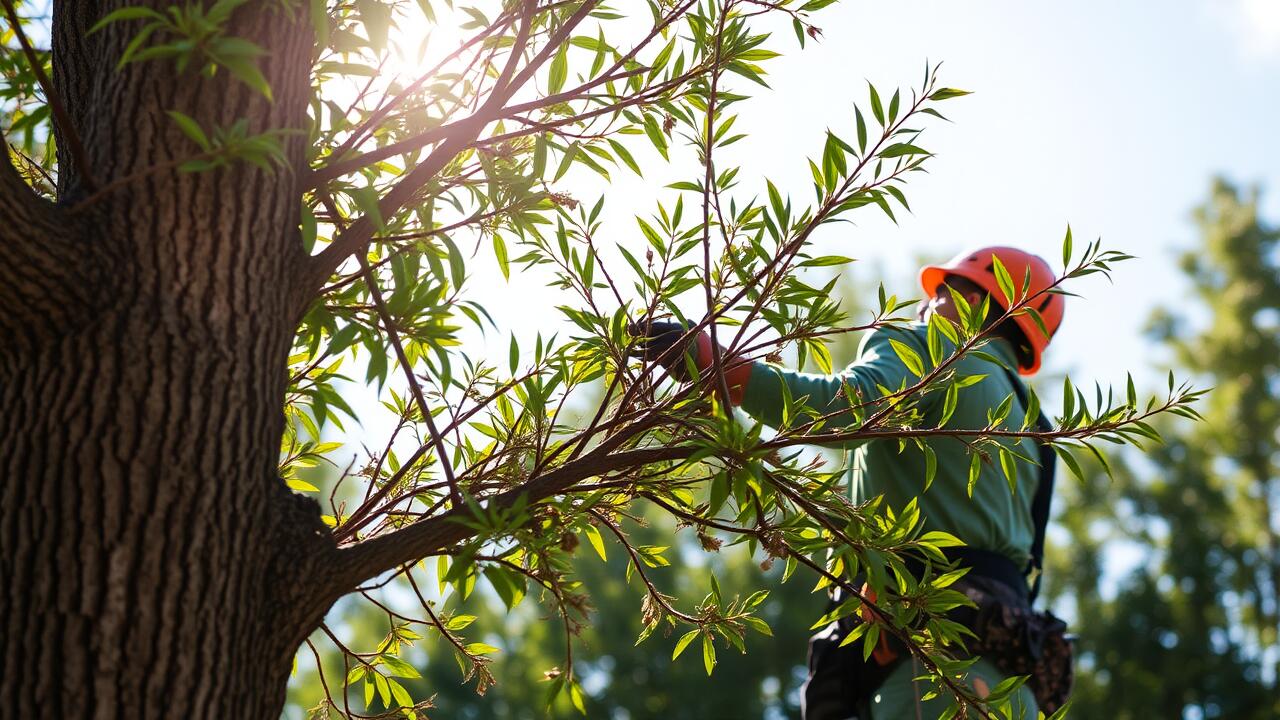
Pruning Flowering Plants
When it comes to pruning flowering plants, timing is crucial for optimal growth and bloom. Spring-flowering species, such as lilacs and dogwoods, usually require pruning soon after they finish blooming. This approach allows the plant to recover quickly and set buds for the following season. In contrast, summer-flowering species, like hydrangeas and butterfly bushes, benefit from pruning in late winter or early spring. This timing encourages new growth that will produce abundant blooms later in the summer.
For many homeowners, the search for “Tree Pruning and Trimming near me” becomes important as they navigate these seasonal needs. Ensuring that flowering plants receive care at the right times can enhance their aesthetic appeal and health. Whether a gardener chooses to handle the task themselves or consult local services, understanding the requirements of each plant type is essential for a vibrant landscape.
Spring-Flowering vs. Summer-Flowering Species
Spring-flowering plants, such as forsythia, lilacs, and cherry blossoms, require pruning right after their blooms fade. This timing allows the plants to set buds for the next season while avoiding any damage to the flowers that develop on old wood. Failing to prune them at the appropriate time may result in fewer blossoms in the following spring, ultimately impacting their vibrant display.
On the other hand, summer-flowering species like butterfly bush, hydrangeas, and roses that bloom on new wood can be pruned in late winter or early spring. This approach allows for the removal of older growth and encourages new growth that will produce blooms throughout the summer. For those looking to optimize their garden, seeking services like "Tree Pruning and Trimming near me" can provide expert guidance to ensure proper timing for each species.
The Right Time for Evergreens
Evergreens play a crucial role in maintaining year-round greenery in various landscapes. The best time to prune these trees often depends on the specific species and the desired outcome. Generally, late winter to early spring is ideal for most evergreen varieties. This timing allows for a clean cut just before new growth begins. Careful assessment of the tree's health before making any cuts is essential.
For certain types of conifers and pines, precise timing can further enhance the effectiveness of pruning. Performing cuts too late in the spring might hinder growth as the trees prepare for summer. Tree pruning and trimming near me can provide tailored advice based on local conditions, ensuring optimal results for various evergreen species. Engaging with local experts can help maintain the aesthetic appeal and vitality of these trees throughout the year.
Timing Considerations for Conifers and Pines
When it comes to conifers and pines, timing plays a crucial role in promoting healthy growth. Early spring is generally the ideal time to prune these trees, just before new growth begins. This timing allows for the removal of any dead or diseased branches, ensuring that the tree can invest its energy into producing fresh foliage. Conifers tend to have a slow recovery rate, so pruning them too late in the season can result in stress or damage.
For a more targeted approach, consider pruning pines in late winter or early spring while the trees are still dormant. This method encourages robust growth and minimizes the risk of sap bleeding, which can occur with certain pine species. Homeowners seeking professional help often search for “Tree Pruning and Trimming near me” to find local arborists who can perform these tasks at the right time. Understanding the appropriate pruning schedule for conifers and pines can significantly enhance their resilience and beauty.
Shrub Pruning Seasons
Pruning shrubs is essential for maintaining their health and appearance. The timing for pruning can vary depending on whether the shrub blooms in spring or summer. Spring-flowering shrubs should be pruned immediately after they finish blooming. This allows for the new growth to develop flowers for the next season. On the other hand, summer-flowering shrubs can be pruned in late winter or early spring before new growth begins. Knowing the correct timing helps promote vibrant blooms and overall plant vigor.
When considering the proper season for pruning shrubs, health factors come into play. Keeping an eye on the weather is important; avoid pruning during periods of frost. For those unsure about the right approach, seeking professional help can make a difference. A simple search for “Tree Pruning and Trimming near me” can yield local experts who understand the intricacies of shrub care. Utilizing their expertise ensures that plants are pruned effectively, leading to lush growth and beautiful landscapes.
When to Prune Flowering and Non-Flowering Shrubs
Pruning flowering shrubs depends on the type and the time they bloom. For spring-flowering varieties, the ideal time to prune is right after they have finished blooming. This allows the plant to set buds for the following year without interrupting the flowering cycle. Conversely, summer-flowering shrubs should be pruned in late winter or early spring. This timing encourages healthy new growth that will produce flowers later in the season. Knowing the flowering schedule is essential for maintaining vibrant blooms.
Non-flowering shrubs are less particular about pruning timing but can benefit from regular maintenance. The best practice is to prune them during late winter or early spring before they begin to leaf out. This approach promotes healthy growth and helps keep the shrubs in shape. Many homeowners look for services like "Tree Pruning and Trimming near me" to ensure their shrubs are pruned correctly, enhancing both their appearance and health. Assessing the specific needs of each shrub type will lead to a more thriving landscape.
FAQS
Why is timing important when pruning flowering plants?
Timing is crucial because it affects the blooming cycle of the plants. Pruning at the wrong time can remove buds that would otherwise produce flowers.
What is the difference between spring-flowering and summer-flowering species in terms of pruning?
Spring-flowering species should be pruned right after they bloom, while summer-flowering species are best pruned in late winter or early spring before new growth begins.
When is the best time to prune evergreen trees?
The best time to prune evergreens generally falls in late winter or early spring when the trees are still dormant, but specific timing can vary based on the species.
Are there any special considerations for pruning conifers and pines?
Yes, conifers and pines should typically be pruned in late spring after new growth has emerged, as this helps maintain their natural shape and prevents stress to the plant.
When should I prune flowering versus non-flowering shrubs?
Flowering shrubs should be pruned shortly after they bloom, while non-flowering shrubs can be pruned in late winter or early spring, depending on their growth habits.
